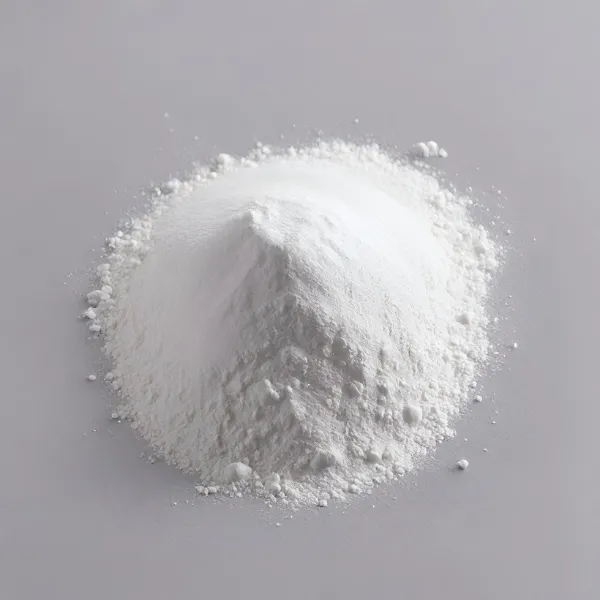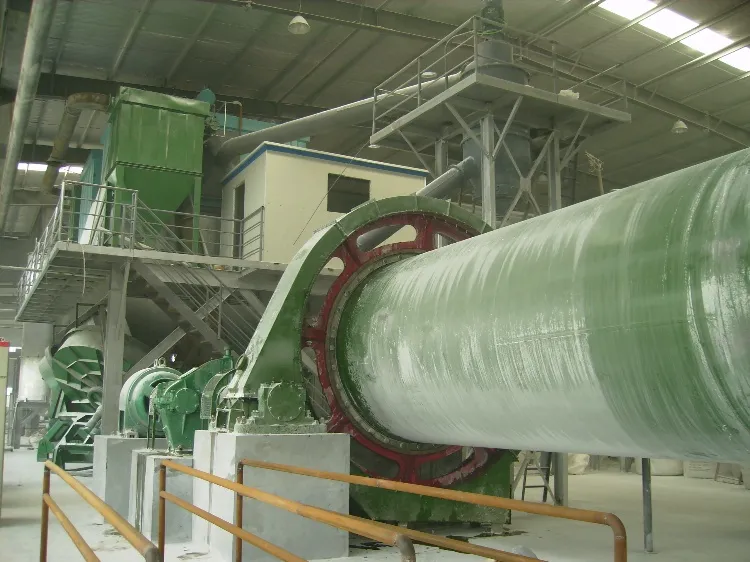Activated calcium carbonate, also known as modified calcium carbonate, surface-treated calcium carbonate, colloidal calcium carbonate, or Bai Yanhua, is commonly referred to as “active calcium.” It is made by modifying light or heavy calcium with surface modifiers. This process alters crystal form, particle size, distribution, and surface properties. As a result, modified calcium carbonate gains reinforcing properties. This reinforcing effect is what gives it the name “activated.”
Activated calcium carbonate is a high-grade filler. It has a high filling content. It is widely used in the rubber industry. Plastic products often contain it. It is used in plastic-steel doors and windows. PVC cable materials include it for better performance. Advanced coatings benefit from its properties. It is added to pipes for strength and durability. Tires and soles use it to improve quality. Polyethylene blown film includes it for better film characteristics. Sealing strips often rely on it. Fiberglass products use it for reinforcement. Cable packaging cloth contains it for insulation. It plays a role in the papermaking process. Building materials use it for added strength. Inks include it to improve texture and gloss. Daily chemicals use it for consistency and stability. Textiles benefit from its smooth finish. It also serves many other industries.

Application of activated calcium carbonate
- In plastics, it improves dimensional stability, hardness, and stiffness. It also enhances processing performance and heat resistance. Additionally, it helps reduce glare in plastic products.
- In rubber, it acts as a filler to increase volume and reduce costs. It also improves processing and vulcanization performance.
- In papermaking, it serves as a filler in paper. It acts as a white pigment in coated paper. It is also used as filler in calcium plastic paper.
- In coatings, it functions as a structural filler, known as a “body pigment.” It can make up 10–50% of oil-based coatings. In water-based coatings, loading levels reach 10–20%. Activated calcium carbonate is made by modifying the surface of inorganic powder. The process uses multifunctional surfactants and high-efficiency processing aids. The surface-treated powder forms a special coated layer. This improves dispersion and compatibility in polyolefin matrices. It also creates interfacial bonding with polymers.
As a result, it increases the impact strength of end products. It serves as a high-performance, value-added filler. Typical loading levels range from 30% to 100%. Some products use even more than 100 parts per hundred resin

Characteristics of activated calcium carbonate
- Appearance: white powder, odorless, non-irritating, non-flammable, non-explosive, low refractive index. It is also easy to color, insoluble in water, and stable in the air.
- After activation treatment, the product changes its molecular structure, has a uniform particle size distribution, and is extremely hydrophobic.
- It has the characteristics of high whiteness, good fluidity, good gloss, uniform dispersion, and large filling volume. It also has excellent lubricity, fluidity, dispersibility, and organicity.
- It has strong intermolecular affinity with rubber and plastic, and the filling volume can be 2-5 times to several times more than ordinary calcium carbonate. Therefore, the overall production cost is significantly reduced.
- Low oil absorption value, high whiteness, and high elongation. In addition, its unique super-strong metal stripping property and significant lubrication effect can also improve the brightness, wear and impact resistance of the product surface.
- It can reduce the wear of processing machinery, improve product processing technology, improve product performance, and has a good reinforcement effect.
- This product is used in advanced coatings to increase the solid filling amount and reduce viscosity. At the same time, it can give the coating wear resistance and corrosion resistance, reduce the baking temperature and shorten the baking time. It can improve product quality, reduce production costs, and have obvious economic benefits.
Production process of activated calcium carbonate
The production of activated calcium carbonate resembles that of light calcium carbonate. However, precise control during carbonation is crucial. This ensures the formation of fine calcium carbonate particles. Next, a surface treatment using an activator follows. Producers first mix limestone with coal at a 7.5:1 ratio. They calcine the mixture in a lime kiln at 900–1000°C. CO₂ passes through gas washing and dust removal systems. It then enters the carbonation tower. Meanwhile, quicklime is added to a digestion tank. Hot water at 80–90°C helps fully hydrate the lime. This forms a 9% concentration milk of lime. The emulsion is pumped into the carbonation tower. CO₂ is introduced to initiate carbonation. The reaction ends when the slurry’s pH reaches 7. At this point, the activator is added for surface treatment.
There are two treatment methods: dry and wet.
Wet processing is more common and effective. It yields activated calcium carbonate with better dispersion and transparency. Common activators include titanate, stearic acid, and lignin. Dosages typically range from 1% to 5%. After chemical treatment, the slurry is dehydrated. It is then dried to produce a high-whiteness final product. Standard light calcium carbonate plants need only minor upgrades. Improving towers, temperature control, and surface treatment is enough. These upgrades enable activated calcium carbonate production. They also enhance product value significantly.
Conclusion
In recent years, with the rapid development of calcium carbonate processing technology and surface treatment technology. While reducing the cost of products, calcium carbonate can also improve many properties of products, and some of its properties are unique.
Epic powder
Epic Powder, 20+ years of work experience in the ultrafine powder industry. Actively promote the future development of ultra-fine powder, focusing on crushing,grinding,classifying and modification process of ultra-fine powder. Contact us for a free consultation and customized solutions! Our expert team is dedicated to providing high-quality products and services to maximize the value of your powder processing. Epic Powder—Your Trusted Powder Processing Expert !
